Postoperative Rehabilitation
What is Postoperative Rehabilitation?
Postoperative rehabilitation is the process of facilitating joint movement, restoring muscular strength around the affected joint, and ultimately improving joint function after surgery. It is important to understand that rehabilitation is a long-term and ongoing process. While surgery may be completed within hours, the recovery and rehabilitation can span several months, possibly up to a year. The disparity between the duration of the surgery and the rehabilitation period is significant, and patients should be mindful of this fact.
For patients undergoing knee, ankle, or shoulder surgeries, such as cartilage surgery, it is crucial to recognize the need for an extended recovery period. Patients should actively participate in the entire rehabilitation process and be aware that healing takes time.
Another key aspect of postoperative rehabilitation is progressive movement. Progression involves gradually increasing the workload and stimuli applied to the healing joint throughout the recovery process while ensuring safety.
Additionally, it is important to note that body tissues do not heal on their own; they require proper encouragement. Facilitating the extremity and joint after cartilage surgery is a complex biological process that necessitates allowing the body tissue to evolve. This process can be likened to baking bread, where the dough must be allowed to rise before being placed in the oven. Similarly, cartilage requires time for the biological process to unfold, and this process needs stimulation. The appropriate stimulation involves a protected range of motion and targeted exercises.
Therefore, the essence of rehabilitation lies in performing the right exercises at the right time and striking the right balance between too little and too much exercise. Complete rest and intense physical activities are not advisable during this phase of rehabilitation. Instead, a middle-ground approach is necessary, and this balance evolves over the weeks and months following surgery. Practically, this means that the intensity of stimulation gradually increases.
Physiotherapy can assist in addressing a range of postoperative complications that can arise regardless of the surgery type. These complications may include pain, loss of strength, reduced range of motion, postural issues, edema, and difficulties with balance and coordination, among other orthopedic conditions.
In the case of cardiac and thoracic surgeries, postoperative rehabilitation can help alleviate pain, improve exercise capacity, address breathing difficulties, enhance mobility, and tackle postural problems. Neurological symptoms such as weakness, breathing challenges, limited movement, muscle shortening, and sensory loss can also benefit from rehabilitation. Abdominal surgery patients may experience pain, breathing difficulties, incontinence issues, and decreased mobility, which can be addressed through rehabilitation. Other potential complications following surgery include infections, decreased lung function, and the risk of deep vein thrombosis.
What are the Stages of postoperative rehabilitation?
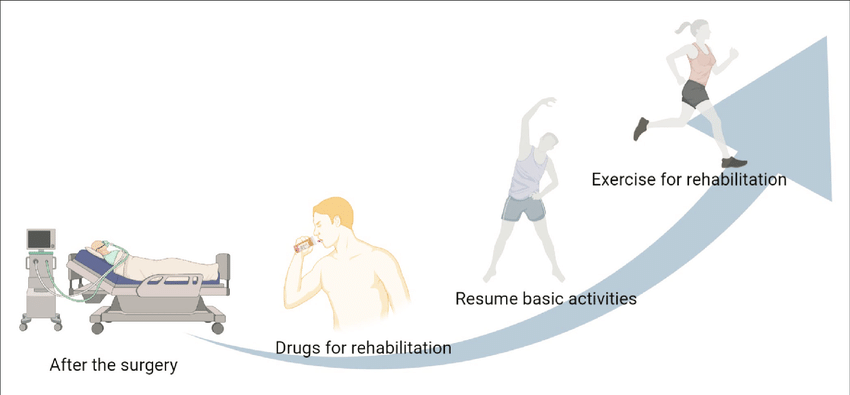
Whether you lead an active lifestyle or engage in minimal exercise, injuries can occur from a variety of activities. From improper lifting to inadequate warm-up before physical exertion, sprains, strains, fractures, breaks, and dislocations can result. In some cases, these injuries may require surgery for proper repair.
The duration of your recovery after surgery will depend on the severity and location of the injury. However, the rehabilitation process can generally be divided into the following steps:
Surgery recovery:
The initial step toward regaining normal function involves healing from the surgical procedure itself. Incisions are made during surgery, and medications may be prescribed to manage pain and inflammation. Ice is often used to reduce swelling. Braces, slings, crutches, or casts may be required to immobilize the affected area and promote proper healing.
In certain cases, exercises aimed at restoring strength and motion may begin shortly after surgery. The timing of this will depend on the specific treatment received (such as joint repair, bone fusion, or fracture fixation). However, the primary focus during this stage is pain management and determining the appropriate time to initiate movement and testing of the injured area.
Rebuilding motion:
Mobilizing the injured area is crucial for restoring normal bodily function after surgery. Knowing when to start physical therapy is essential to prevent premature stretching or movement, which could impede the healing process. Physical therapy plays a vital role in enhancing flexibility through stretching and movement exercises tailored to your individual capabilities.
Soft tissue and joint mobilization techniques are employed to improve the range of motion and reduce pain. Various exercises are prescribed for both therapy sessions and home practice, facilitating proper healing and preventing movement limitations.
Rebuilding strength:
Reconstructing power via physiotherapy is equally necessary to avoid muscle paresis which can limit flexibility, endurance, and power in the damaged region. Muscle weakness commonly occurs in the aftermath of surgery, usually within one to six weeks.
A structured regimen that focuses on increasing strength and cardiovascular endurance will minimize the risk of muscle weakness and expedite the restoration of normal function. Activities like cycling, pool exercises, and targeted exercises specific to your injury can strengthen the muscles without aggravating the affected area. Different injuries require varying demands in terms of physical therapy.
Restoring normal function:
Once strength and motion have been regained, the next step towards resuming your regular daily activities is to work on balance and coordination. Exercises during this stage aim to enhance speed, agility, and overall physical performance, requiring more targeted and nuanced training based on your pre-injury level of physical activity. At this point, you should be nearing a return to routine activities and exercise with restored flexibility, strength, and balance.
It’s important to note that healing rates can vary among individuals, and treatment plans will be tailored to meet your specific needs. Returning to intense physical activities or sports may take longer than achieving normal function, and factors such as age can influence healing times.
For many illnesses and injuries, surgery is often a necessary solution and can be an anxiety-inducing experience. However, postoperative rehabilitation and physical therapy can greatly aid the recovery and healing process. These practices involve three primary stages: immobilization immediately after surgery for initial healing, progressive exercises to restore strength and range of motion, and ultimately, a return to pre-surgery levels of physical activity. The ultimate goal of postoperative rehabilitation and physical therapy is to help patients regain their previous levels of function and resume their normal activities.
Phases of Physiotherapy in Post-Operative Rehabilitation
The postoperative rehabilitation physiotherapy process can be divided into three distinct phases:
Early recovery phase:
This phase begins immediately after your discharge from the surgery and continues until your tissues have healed. During this phase, the primary focus of physiotherapy is on managing pain and reducing swelling. Physiotherapists employ gentle manual therapy techniques to restore joint motion and assist patients with early mobilization, often using walkers or canes. Simple exercises are introduced to regain muscle function without interfering with the healing process.
Strength and range of motion phase:
Once the initial phase is complete and joint motion has been restored, the strength and range of motion phase commence. The main objective during this phase is to normalize body mechanisms and enhance strength. Physiotherapists prescribe more challenging exercises, including balance and proprioception tasks, to improve muscle strength and joint mobility. Manual therapy techniques may be used to ensure a full joint range of motion is regained. Soft tissue treatments are incorporated to enhance mobility and address any residual limitations.
Functional restoration phase:
This phase marks the final stage of postoperative rehabilitation physiotherapy and begins once sufficient strength has been achieved for more demanding exercises and independent movement has been restored. During this phase, physiotherapists develop a customized exercise program tailored to your specific goals and lifestyle. The program is individualized based on factors such as desired physical achievements and demands. The exercise program differs for each person, whether their aim is to excel in professional-level sports or engage in activities with their children. Physiotherapists guide you through challenging and complex balance and proprioception exercises designed to meet your specific functional goals. These exercises aim to improve overall coordination and stability.
What are The advantages Of Post-operative Rehabilitation?
Rehabilitation after surgery should indeed commence promptly during your hospital stay, and it is crucial to continue with rehabilitation once you are discharged to ensure the best possible recovery. Our team of therapists will guide you through a variety of exercises aimed at strengthening and mobilizing problematic joints and muscles, while also addressing any circulatory or respiratory issues that may have arisen during your hospitalization.
The advantages of postoperative rehabilitation include:
- Effective pain management: Rehabilitation techniques, such as manual therapy, therapeutic exercises, and modalities like heat or cold therapy, can help manage postoperative pain.
- Return to daily activities: Rehabilitation aims to assist you in regaining the ability to perform your daily activities independently and without difficulty.
- Strengthening of weak muscles: Specific exercises will target weakened muscles, helping to restore strength and function.
- Stretching of stiff muscles: Rehabilitation includes stretching exercises to alleviate muscle stiffness and improve flexibility.
- Assisting in returning to the previous level: The goal of postoperative rehabilitation is to help you regain your last physical function and activity level.
- Improving posture: Therapists will address any postural issues resulting from the surgery and provide guidance on achieving and maintaining proper posture.
- Regaining independence: Through customized exercises and functional training, rehabilitation aims to restore your independence and self-reliance.
- Reducing anxiety and regaining confidence: Rehabilitation can help alleviate anxiety related to the surgery and recovery process. As you regain strength and mobility, your confidence in your abilities will also improve.
- Mobilization exercises: Specific exercises will focus on improving circulation and range of motion, promoting healing, and preventing complications such as stiffness or joint contractures.
- Advice on effective placement: Therapists will provide guidance on proper positioning to maximize comfort, minimize the risk of pressure sores, assist in clearing secretions, improve lung volumes, and prevent chest infections.
By actively participating in postoperative rehabilitation, you can optimize your recovery, regain physical function, and enhance your overall well-being. It is essential to continue with rehabilitation even after leaving the hospital to achieve the best possible outcomes.
What are the Indications of Post-operative Rehabilitation?
After being released from the hospital, anyone undergoing pain, stiffness, poor balance and coordination, muscle weakness, restricted mobility, low exercise tolerance, and decreased independence can help from a rehabilitation schedule. Both the physical and psychological impacts of surgery might affect your recovery and generate frustration and anxiety. The physiotherapists will execute detailed examinations and cooperate with the patient to design short and long-period purposes to assist the patient maximize your recovery potential and minimizing any post-surgery difficulties.
Whether a person is experiencing hip replacement, open-heart surgery, or acquiring breast cancer therapy, he/she will need physiotherapy to assist in the recovery procedure. Rehabilitation not just accelerates the restoring process but even educates a person on self-care methods and allows him to return to his daily activities.
Physiotherapists are acquainted with surgical techniques and post-surgical therapy purposes. Most significantly, they can tailor treatments to enhance a patient’s overall health, ensuring long-term success. Studies have demonstrated the benefits of initiating exercise and rehabilitation as soon as possible after surgery.
- Shoulder: The shoulder reconstruction, shoulder stabilization, rotator cuff repair, acromioplasty, manipulation, capsulotomy, and fracture around the shoulder joint.
- Elbow: tennis elbow release, golfer’s elbow release, fracture.
- Wrist & Hand: Carpal tunnel release, fracture, and tendon repairs.
- Hip: Hip replacements/resurfacing, hip labral repairs, hip arthroscopy, and fracture.
- Knee: Knee replacements, ACL and ligament reconstruction, arthroscopy, meniscal repairs, chondroplasty, lateral release, patella tendon transfer, and fracture
- Calf: Achilles tendon repairs and fasciotomy
- Ankle and Foot: Ankle reconstruction, ligament repairs, arthroscopy, fracture, spur removal, and bunionectomy
- Spine (Neck & Back): Discectomy, microdiscectomy, laminectomy, and spinal fusion/stabilization
What Are The Benefits Of Post-Surgical Rehabilitation?
Postoperative rehabilitation with a physical therapist offers numerous benefits, including:
Proper healing & faster recovery time:
Having a personalized physical therapy plan after surgery helps ensure proper healing by minimizing scar tissue, restoring joint motion and function, and retraining muscles. Early initiation of physical therapy, even immediately after waking up from anesthesia, has been shown to result in shorter hospital stays and faster overall recoveries, especially for major surgeries like total joint replacements.
Regaining mobility:
Physical therapy is crucial for regaining mobility, particularly after knee and hip surgeries. It helps individuals restore the ability to perform normal activities like walking and even more physically demanding tasks such as running a marathon.
Patient participation:
Research indicates that active patient participation in the recovery process leads to better outcomes and experiences. Working with a physical therapist allows patients to determine the most effective methods for their recovery and learn how to maintain or improve their overall health even after completing the rehabilitation program.
Additional benefits of postoperative physical therapy include:
- Improved circulation and prevention of blood clots
- Improvement and training in posture, balance, and coordination
- Gait analysis and training
- Self-care training
- Manual therapy techniques
- Home exercise instruction
- Pain control and management
- Improved flexibility
- Reduced risk of postoperative pulmonary complications (PCCs)
In some cases, doctors may prescribe preoperative physical therapy sessions to strengthen the body before surgery and provide insights into the expected recovery process. For example, research has shown that back surgery patients who undergo physical therapy prior to surgery experience quicker recovery times compared to those who do not undergo postoperative rehabilitation.
It’s important to note that the duration of postoperative rehabilitation varies for different individuals and procedures, ranging from a few weeks to a year. Consulting with your doctor and physical therapist before surgery will help you understand the expected recovery time and prepare yourself mentally and physically. While the recovery process may take time, postoperative rehabilitation is always worthwhile for maintaining and improving overall health.
What is the Role of Physiotherapy in Post-Operative Rehabilitation?
Post-surgery physical therapy plays a crucial role in postoperative rehabilitation as it ensures faster and more complete recovery, facilitating an effective return to the previous level of physical function. After surgery, the body’s tissues, joints, and cartilage require stimulation for proper recovery, which is provided by post-surgery physical therapy.
Some additional benefits of physiotherapy after surgery include:
- Facilitates proper circulation, preventing blood clots.
- Improves muscle strength, posture, and balance.
- Assists in getting back on one’s feet.
- Provides self-care training for activities like getting out of bed, bathing, and climbing stairs.
- Reduces pain and provides pain control techniques and manual therapy.
- Reduces the risk of postoperative pulmonary complications (PCCs).
Physical therapy plays a crucial role in surgery recovery for the following reasons:
1. Increases mobility, balance, and strength:
Surgery can lead to decreased mobility and muscle tightness. Physical therapy helps restore mobility through exercises, myofascial release, manual treatments, and movements. It also improves stability, balance, and strength, which is particularly beneficial for procedures like knee or hip replacements.
2. Reduces pain and swelling:
Postoperative swelling can compress nerves and cause pain. Physical therapy exercises and mobility techniques aid in reducing swelling, promoting healing, and relieving pain, preventing it from becoming chronic.
3. Reduces scar tissue formation:
Scar tissue and soft tissue contractures often develop after surgery, limiting function and movement. Physiotherapists use different tissue mobilization therapies, for example, massage and ultrasound therapy, to decrease scar tissue and rehabilitate flexibility.
4. Decreases secondary issues:
Surgery can lead to complications like infection, blood clots, and contractures. Physical therapy, with tailored movement exercises, helps reduce the risk of such secondary issues.
5. Increases flexibility:
Inactivity during the recovery period weakens muscles and increases the risk of injury. Gentle stretching exercises prescribed by physical therapists after surgery promote flexibility and aid in daily actions like reaching overhead, climbing stairs, and rising from a seated position.
The duration of therapeutic activities after surgery typically spans six to eight weeks as soft tissues require time to heal. Rehabilitation can be done inpatient, outpatient, or as a combination, depending on the type of surgery. During recovery, your physical therapist will provide you with exercises and activities to continue at home.
Postoperative physical therapy has demonstrated clear benefits in specific surgeries, such as improved spinal mobility in spinal surgery, earlier discharge in total hip and knee replacement surgery, increased cardiovascular fitness in colorectal surgery, fewer side effects in breast surgery, reduced risk of blood clots in many surgeries, and improved pulmonary function and shorter postoperative hospital stay in cardiac surgery.
It’s important to note that there may be contraindications to exercise before and after surgery. Your healthcare team, including doctors, nurses, and physiotherapists, will provide personalized advice based on your specific surgery and recovery process.
FAQ
Why is postoperative rehabilitation important?
Post-operative rehabilitation is essential in helping patients in recovering their muscular strength and health and allows them to return to daily routine life. It likewise plays a critical role in pain management. Postoperative rehabilitation is an important aspect of the recovery procedure.
What are the 5 stages of rehabilitation?
Phase 1 – Management of Pain and Swelling.
Phase 2 – Enhance the Range of Motion (ROM) and mobility of the joint.
Phase 3 – Enhance Strength & Start Proprioception/Balance Training.
Phase 4 – Proprioception & Balance Training and Sport-Specific Training.
Phase 5 – Incremental Recovery to Maximum Activity.
What is the purpose of rehabilitation?
Rehabilitation allows a child, adult, or older individual to be as independent as potential in daily routine movements and facilitates participation in education, work, recreation, and significant life roles like taking care of relatives.
What are the complications of postoperative?
Ordinary general postoperative complications contain postoperative fever, atelectasis, wound infection, embolism, and deep vein thrombosis (DVT). The most increased incidence of postoperative complications is between one-three days after the surgery.
When should postoperative rehabilitation begin?
In many circumstances, post-operative rehabilitation will begin right on the day after the operation. The therapy provided will rely on the particular kind of surgery.

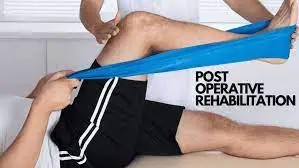
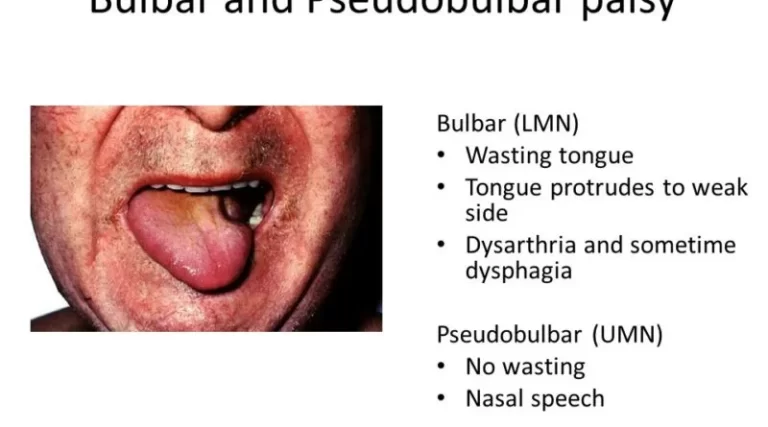
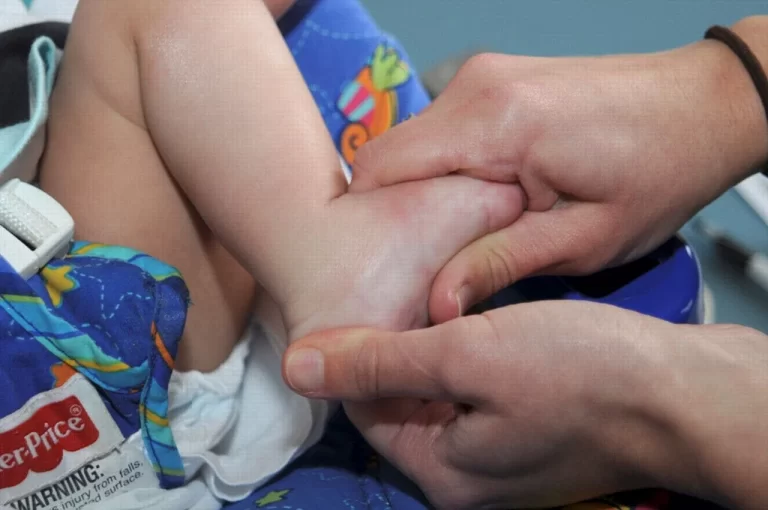
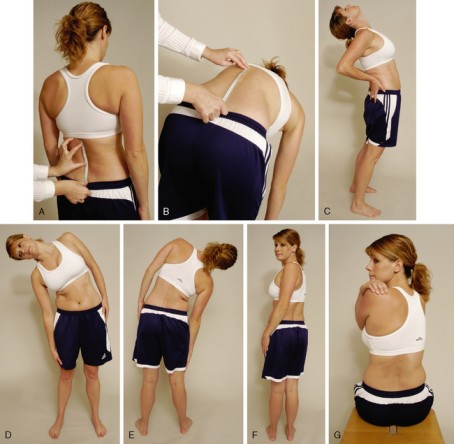
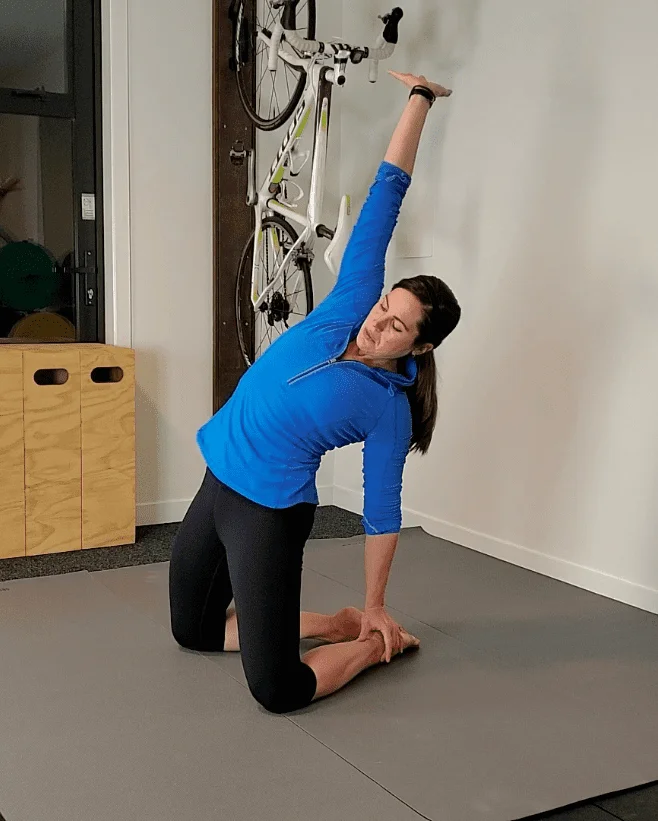

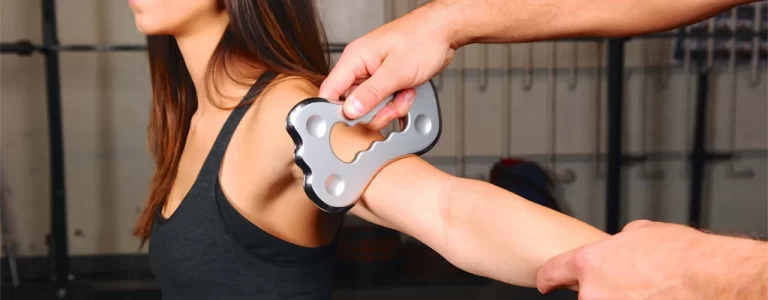
7 Comments